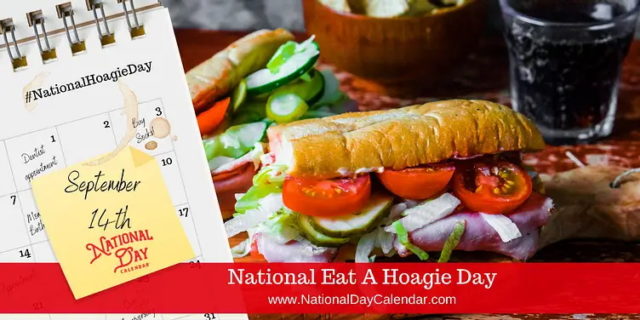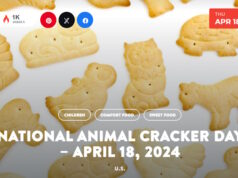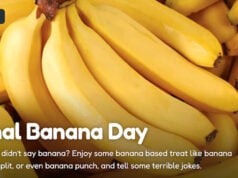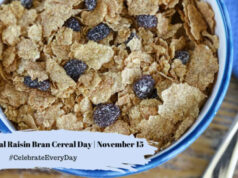
National Eat a Hoagie Day on September 14th promotes a sandwich which is also known as a grinder, sub or hero. You can also order a po’boy, torpedo or an Italian sandwich to celebrate!
- The origin of this giant sandwich is a bit of a mystery.
- The epicenter of the controversy seems to be eastern Pennsylvania between the DiCostanzas and DePalmas. Both lay claim to being the first to make the hoagie. One family claims to have been making the sandwich since 1923 and the other since 1925.
- Another story from the Philadelphia area takes place during World War I. It describes shipyard workers bringing large Italian sandwiches to work wrapped in newspaper. The workers nicknamed the massive sandwiches “hoggies” because anyone eating them at one sitting would have to be a hog.
- The most widely accepted story of hoagie’s origin centers on an area of Philadelphia known as Hog Island, which was home to a shipyard during World War I (1914-1918).
- The site of the Philadelphia Navy Yard was once known as Hog Island (the creek that created the island has since been filled in and the area is now the Philadelphia International Airport)
- The Philadelphia accent explains the transformation of the word. The dialect often exaggerates the vowel sounds changing “hoggies” to “hoagies” quite easily.
- During the late 1930s, DePalma joined forces with Buccelli’s Bakery and developed the perfect hoagie roll (an eight-inch roll that became the standard for the modern-day hoagie).
- Some refer to a hoagie as a submarine or sub, grinder, poor boy, or hero. It is believed that the submarine sandwich, also commonly known as the sub, originated in the New England area in Connecticut because of the naval submarine base there.
- The grinder, on the other hand, is commonly linked to the New England area, excluding Boston where it is less common. One region of Pennsylvania even calls the sandwich a zeppelin.
- In contrast, the poor boy is from the southern region of the United States and got its start in New Orleans probably in the early 1930s. The poor boy received its name from the fact that the sandwiches were inexpensive but satisfying meals for “poor boys.”
- Common lore credits Clementine Paddleworth with coining the term hero in a food column for the New York Herald Tribune in 1936. Saying the sandwich was so large “you had to be a hero to eat it.”
- In Westchester, NY and Fairfield, CT hoagies are known as wedges.
- In 1992, former Philadelphia mayor (also once Pennsylvania governor) Ed Rendell declared the hoagie the “Official Sandwich of Philadelphia”.
- Muffuletta or Muffaletta is a hero or submarine type sandwich that originated in New Orleans in 1906, probably at Salvatore Lupa’s Central Grocery.
- The Po’ Boy was born in New Orleans at the Martin Brothers Coffee Stand and Restaurant in 1929, when they began giving sandwiches to striking streetcar workers (poor boys) free of charge.
- The first Subway sandwich shop opened in 1965. The company’s history page states that the chain’s founder, Fred DeLuca, opened the sandwich shop to help pay for the cost of attending medical school.
- Many takeout shops in Chicago sell a “hoagy” (sic.), usually containing steak and other ingredients, with the option of being “heated.” They also sell cheesesteak, referred to most often as “Philly Steak.”
- In Hoboken, NJ, where subs are called blimpies, the first Blimpie sub shop opened in 1964. The stores were originally called Blimpie Bases, alluding to the sandwiches’ resemblance to a blimp.
- 83 million is the number of hoagies Wawa sells each year.
- #1 Ranking for Wawa in a Market Force survey of sandwich chains in the United States — the first convenience store to ever land in that position. Wawa beat out Jimmy John’s, Subway and Panera, though it’s worth noting that you cannot eat the bowl at Wawa.
- 4,520 milligrams of sodium in an Italian Classic with the normal toppings, about 155% of the daily recommended allowance.
Sources:












